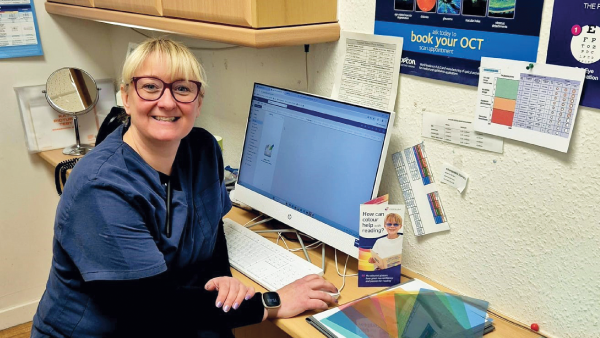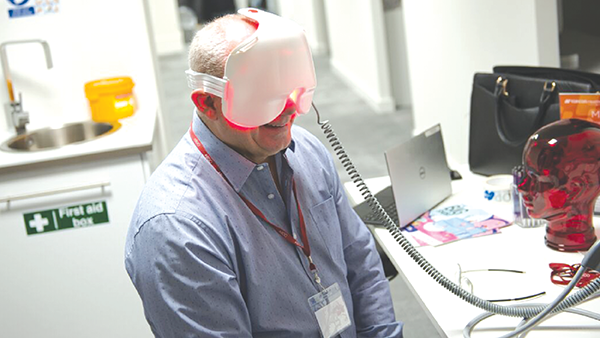Myopia Management: WCO’s Standard of Care Pledge Challenge
The World Council of Optometry (WCO) and CooperVision are asking optometrists to pledge to make myopia management the standard of care in their practices
WCO says more than 25,000 optometrists around the world have signed up for its Standard of Care for Myopia Management resolution in the last 18 months.
Those optometrists who are late to the party should incorporate the standard of care with a view to not only correct vision, but also offer public education and “early and frequent discussions with parents” to explain what myopia is, what affects its progression, and how it can be managed, the Council explains.
The resolution identifies three main components to an evidence-based standard of care model:
- Mitigation – educating and counseling parents and children during early and regular eye exams on lifestyle, dietary, and other factors to prevent or delay the onset of myopia.
- Measurement – evaluating the status of a patient during regular comprehensive vision and eye health exams, such as measuring refractive error and axial length.
- Management – providing interventions (for example, contact lenses or spectacles) that slow the progression of myopia today and into the future.
Managing myopia in children is addressed in an accompanying WCO/CooperVision guide, which features advice from four renowned experts in the field.
Children at risk of myopia can be identified by their family history and visual environmental risk factors, such as less than 90 minutes a day spent outdoors and more than three hours a day spent on near work (outside of school time) and “particular binocular vision conditions which are linked to myopia development such as esophoria, accommodative lag, high AC/A ratios, and intermittent exotropia,” says Kate Gifford, a clinician-scientist and peer educator based in Brisbane, Australia. “Independent of these factors, the biggest risk for future myopia is a child “not being as hyperopic as they should be at a particular age,” she explains. “A child who is +0.75D or less at six years of age is at risk of becoming myopic by their teens and should be considered a pre-myope.”
Rufina Chan, an optometrist in private practice and also a visiting lecturer at Hong Kong Polytechnic University’s School of Optometry, adds that the education of patients and parents is particularly important when a child is at risk of developing myopia. “I believe it is essential to explain causes of myopia and give recommendations on healthy lifestyle habits such as time spent outdoors and the need to restrict near work as well as taking breaks during such time,” she says, adding that she would introduce the family to the different options of management “so they are prepared for actions we may need to take in the near future.”
Optometrists can sign up to the myopia management pledge here. Practical tools and information are available at myopia.worldcouncilofoptometry.info.
The New Optometrist Newsletter
Permission Statement
By opting-in, you agree to receive email communications from The New Optometrist. You will stay up-to-date with optometry content, news, events and sponsors information.
You can view our privacy policy here
Most Popular
Sign up to The New Optometrist Updates
Permission Statement
By opting-in, you agree to receive email communications from The New Optometrist. You will stay up-to-date with optometry content, news, events and sponsors information.
You can view our privacy policy here
Sign up to The New Optometrist Updates
Permission Statement
By opting-in, you agree to receive email communications from The New Optometrist. You will stay up-to-date with optometry content, news, events and sponsors information.
You can view our privacy policy here








